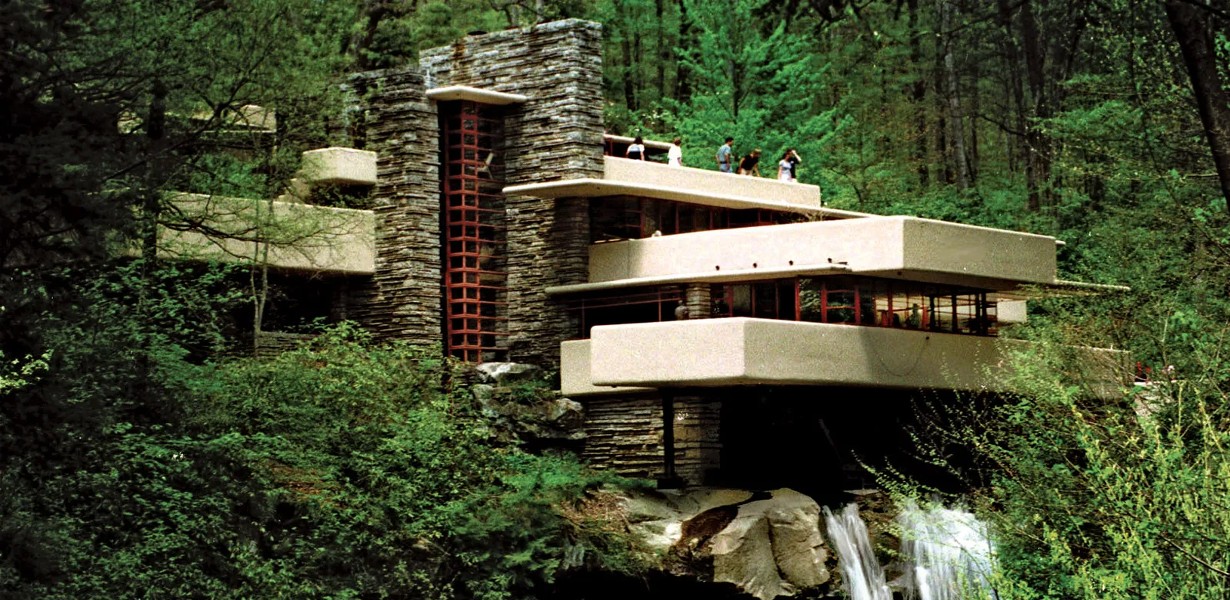
In a world where heritage sites are constantly under threat from various challenges, technology has emerged as a powerful ally in preserving North American cultural treasures. From the grandeur of ancient architecture to the historical significance of natural landscapes, the use of innovative technology is reshaping the way we protect and conserve our heritage. In this comprehensive exploration, we delve into the role of technology in safeguarding North American heritage sites, unveiling the exciting possibilities that lie ahead.
The Digital Guardian of Heritage
Preserving the rich cultural and historical heritage of North America is a shared responsibility. Technological advancements have given us a unique opportunity to ensure that future generations can experience the wonders of the past. The synergy between technology and heritage conservation has paved the way for exciting developments.
A Glimpse into the Past with 3D Scanning
The integration of 3D scanning technology has revolutionized the way we document and protect heritage sites. Archaeologists and preservationists can now create precise digital replicas of ancient structures and artifacts. This not only aids in documentation but also in planning restoration projects.
Drone Surveillance: A New Perspective
Drones have become invaluable tools in monitoring and protecting heritage sites. These unmanned aerial vehicles offer a bird’s-eye view of vast landscapes, allowing experts to assess the state of heritage sites, identify potential risks, and even detect illegal activities.
Augmented Reality Enhancing Visitor Experiences
Augmented reality (AR) applications have breathed new life into heritage site visits. Tourists can use their smartphones or AR glasses to see historical events brought to life in front of their eyes. This interactive experience fosters a deeper appreciation for the significance of these sites.
Environmental Sensors for Preservation
Environmental changes can pose a significant threat to heritage sites. Sensors that monitor temperature, humidity, and pollution levels can help conservators take proactive measures to protect these precious locations from the effects of climate change and pollution.
Advanced Security Systems
Protecting heritage sites from theft and vandalism is a top priority. Modern security systems, equipped with facial recognition and alarm features, are being installed to deter potential threats and safeguard these treasures.
North American Heritage in Focus
North America is home to a vast array of heritage sites, each with its unique history and significance. Let’s take a closer look at some of the notable ones benefiting from technological advancements.
Chichen Itza: Digitally Preserving Mayan Grandeur
Chichen Itza, a UNESCO World Heritage site in Mexico, is using laser scanning and 3D modeling to document and conserve its iconic pyramids and temples. This technology ensures that the intricate details of this ancient civilization are preserved for future generations.
Mesa Verde National Park: Aerial Surveillance
Located in the United States, Mesa Verde National Park is famous for its cliff dwellings. Drone technology is being employed to survey these architectural marvels, ensuring their structural integrity and protection from unauthorized access.
Historic Quebec: Augmented Reality Walking Tours
The historic streets of Quebec come to life with AR walking tours. Visitors can explore the city’s rich heritage, thanks to augmented reality applications that superimpose historical images and narratives on the present-day streets.
Environmental Monitoring at Yellowstone
Yellowstone National Park, known for its geothermal wonders, uses environmental sensors to track changes in the geysers’ behavior. This data helps scientists better understand the park’s unique geological features and predict potential natural disruptions.
Security Measures at Mount Rushmore
Mount Rushmore, an iconic monument in South Dakota, has implemented cutting-edge security systems to protect the sculptures of four great American presidents. Facial recognition technology and infrared cameras ensure the safety of this national treasure.
The Future of Heritage Preservation
As technology continues to advance, the possibilities for heritage preservation are limitless. The integration of artificial intelligence, virtual reality, and other emerging technologies promises even more effective ways to protect and share our heritage with the world.
AI-Powered Preservation
Artificial intelligence is being employed to analyze vast collections of historical data, aiding in the identification of previously unknown historical connections. AI can also predict potential threats to heritage sites based on patterns and trends.
Virtual Reality Museums
Virtual reality is transforming the museum experience. Visitors can explore digital replicas of artifacts and heritage sites from the comfort of their homes. This not only makes heritage more accessible but also protects physical artifacts from excessive handling.
Blockchain for Provenance
Blockchain technology is being used to establish the provenance of heritage artifacts, making it virtually impossible to forge or steal valuable cultural items. This ensures the authenticity of items displayed in museums and galleries.
Final Words
In the digital age, technology is the guardian of North American heritage, offering innovative solutions to protect, preserve, and share the wonders of the past. As we journey into the future, the synergy between technology and heritage conservation promises to be a beacon of hope for the continued existence of these priceless treasures.
Commonly Asked Questions
1. How does 3D scanning benefit heritage conservation?
3D scanning allows for the precise digital replication of heritage structures and artifacts, aiding in documentation and restoration planning.
2. What role do drones play in heritage site protection?
Drones offer aerial surveillance, allowing experts to assess the state of heritage sites, detect potential risks, and monitor for illegal activities.
3. How does augmented reality enhance visitor experiences at heritage sites?
Augmented reality applications provide interactive experiences, allowing visitors to witness historical events and narratives brought to life on-site.
4. What are environmental sensors’ significance in heritage preservation?
Environmental sensors monitor temperature, humidity, and pollution levels, enabling conservators to protect heritage sites from climate change and pollution.
5. How does blockchain technology ensure the authenticity of heritage artifacts?
Blockchain technology establishes the provenance of heritage items, making it extremely difficult to forge or steal cultural artifacts, thus ensuring their authenticity.




